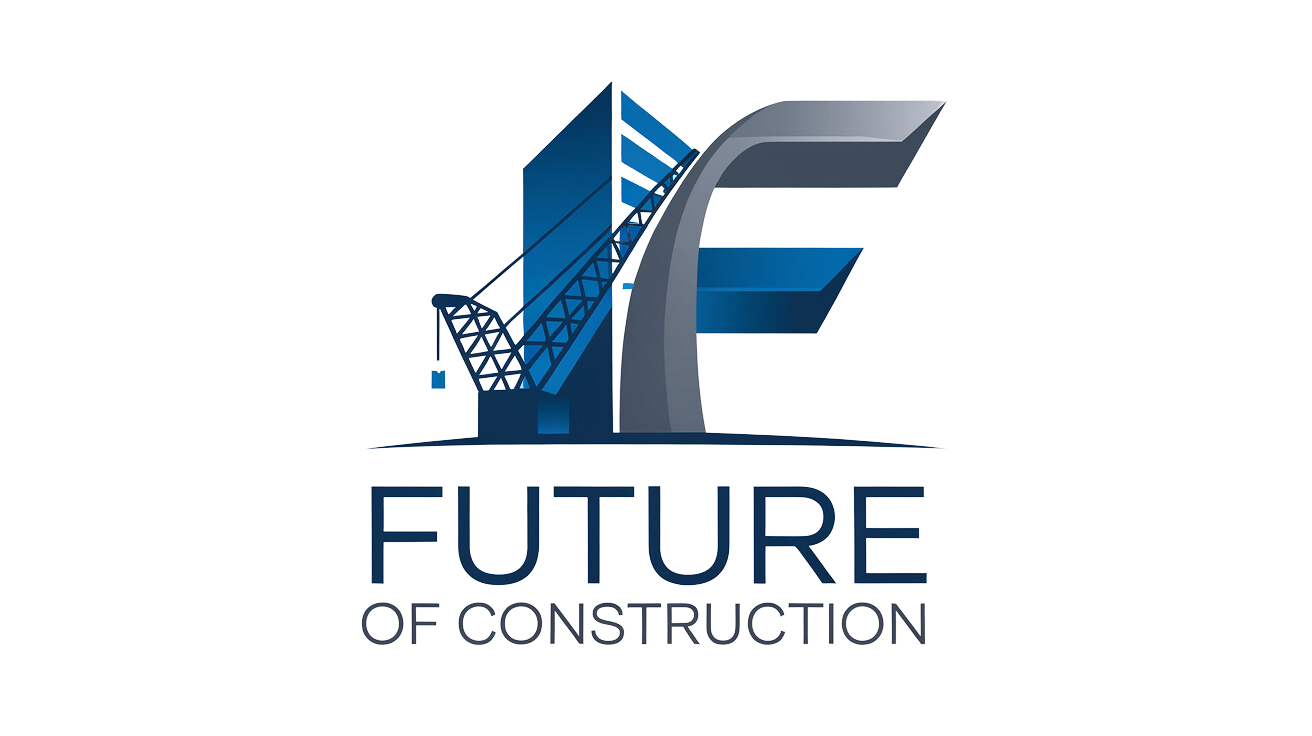The construction industry has largely followed the same methods throughout history: building any structure still requires stacking layers of materials one atop another. This traditional approach poses challenges in the modern age – it limits productivity, relies heavily on skilled labor, and generates considerable waste, noise, and dust, all of which are becoming less compatible with contemporary needs.
Originally established as a supplier of building materials, Yingchuang Building Technique (Shanghai) Co. Ltd., better known as Winsun, seeks to transform construction with 3D printing technology. Winsun developed the world’s first continuous 3D printer for construction and made headlines in 2013 by printing ten houses in one batch. Using a unique ink composed of cement, sand, and fiber, plus a proprietary additive, the printer builds walls and other components layer by layer at their Suzhou (China) factory, which are then assembled on-site. Winsun also created the world’s first 3D-printed office building, opened in Dubai in May 2016.
Winsun’s technology is environmentally friendly, using up to 50% demolition waste or mine tailings in its ink and generating zero waste during production. The efficiency is remarkable: a two-story, 1,100-square-meter mansion required just one day of printing, two days of assembly, and only three workers. The company showcases several prototype buildings outside its main factory, including a six-story apartment building, an affordable home, a wave-shaped house, and a traditional Chinese-style structure, demonstrating the design flexibility of 3D printing. Winsun has moved beyond prototyping and has already sold over 100 houses.
As a trailblazer in 3D printing for construction, Winsun faces hurdles in scaling its solution – from skepticism among designers, project developers, and owners to the absence of supportive regulations.
